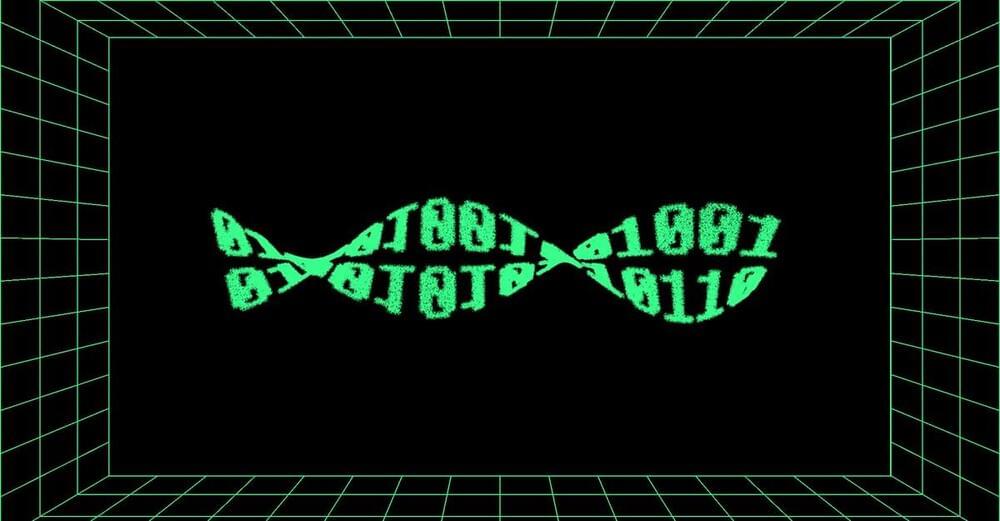We live in an era where machines increasingly perform functions once restricted to humans.
Artificial Intelligence.
Who’s Afraid of AI—and Why?
A growing body of research sheds light on our reactions to AI and automation.




The pursuit of rewards can lead to addiction and insensitivity to pleasure, but managing neurochemistry and focusing on the process can help achieve fulfillment and reduce addiction.
Questions to inspire discussion.
What can the pursuit of rewards lead to?
—The pursuit of rewards can lead to addiction and insensitivity to pleasure.
Anna Lembke is a psychiatrist who is Chief of the Stanford Addiction Medicine Dual Diagnosis Clinic at Stanford University and an author. Dopamine is a key neurotransmitter in our reward pathway. It tells us when to feel pleasure and pain, it can cause depression and anxiety, and it’s being hijacked by the modern world. Phones, video games, porn, food, our world is filled with cheap dopamine, which in turn is making us miserable. Expect to learn how dopamine creates a see-saw balance of pleasure and pain, why cravings to use your phone are driven by dopamine, the truth about dopamine detoxing, how to reset your brain’s dopamine balance, the most successful interventions for changing your relationship to dopamine long term and much more…

Our guest today has updated his financial and business model for Tesla Bot Gen 2. With these new capabilities, what are the use cases and what’s the forecast for Tesla’s revenue and margins. Follow Cern on X: @CernBasher Website: BrilliantAdvice.net My website: https://www.herbertong.com Get Free TESLA Milestone Tables Check out 15+ modules of resources for the $TSLA Investor Join this channel or Patreon to get access to perks: Get free access to 15+ modules of TSLA investor resources Become a member: https://www.youtube.com/channel/UC4DBLlq1x0AKmip1QJUcbXg/join Join my Patreon: https://www.patreon.com/brighterwithherbert Use my referral link to buy a Tesla product: https://ts.la/herbert23392 ❤️ Thank you to everyone who supports me and this channel! I really do appreciate your likes, subscribes and comments. Let’s get brighter! Website: www.herbertong.

SpaceX’s announcement of the new V2 Starship marks a significant commitment to innovation and improvement in the evolution of Starship, with potential game-changing advancements in technology and capabilities.
Questions to inspire discussion.
Why is SpaceX shifting to V2 Starship?
—SpaceX is shifting to V2 Starship due to potential game-changing advancements in technology and capabilities, including increased propellant capacity and reduced dry mass for quicker booster return and reaching higher orbits.
A quickie about E5.
Dr. Steve Horvath shares some studies on evaluating whether young plasma fraction affects the epigenetic clock and lifespan in this short video.\
https://pubmed.ncbi.nlm.nih.gov/37875…\
https://www.ncbi.nlm.nih.gov/pmc/arti…\
https://pubmed.ncbi.nlm.nih.gov/37500…\
https://www.theguardian.com/science/2…\
\
Please note that the links below are affiliate links, so we receive a small commission when you purchase a product through the links. Thank you for your support! \
=*=*=*=*=*=*=*=*=*=*=*=*=*=*=*=*=*=*=*=*=*=*=*=*=*=*=*=*=*=*=*=*=*=\
🔶 Nuchido Time+ Supplement FIRST ORDER 20% OFF Code : REVERSEAGING20\
Restore Our Cells Ability To Make NAD Like When We Were Young ~ https://www.nuchido.com/REVERSEAGING\
\
~*~ Discount Coupon Code: REVERSE\
🌏ProHealth Longevity 15% OFF \
Full Spectrum Apigenin https://prohealth.pxf.io/apigenin\
Optimized Curcumin 500 mg https://prohealth.pxf.io/curcumin\
Quercetin/Bromelain Complex https://prohealth.pxf.io/quercetin\
Calcium AKG Longevity 500mg Caps https://prohealth.pxf.io/CaAKG\
ProHealth Trans-Resveratrol 500mg Caps https://prohealth.pxf.io/TransResvera…\
Green Tea EGCG Extreme™ https://prohealth.pxf.io/EGCG\
\
🔬Renue By Science 10% OFF Liposomal Fisetin https://bit.ly/3PXYz5F\
Liposomal Spermidine 8mg 10% OFF https://bit.ly/44WNIgX\
Lipo Quercetin 150mg https://bit.ly/3K4mwVg\
\
🧬 DoNotAge 10% OFF Code: REVERSE https://donotage.org/?customer_referr…\
SIRT6 Activator® https://shorturl.at/owL23Pure Hyaluronic Acid https://rb.gy/lcezr\
At Home Vitamin D and Omega-3 Test Kit https://rb.gy/f1gxlc\
**PRE-ORDER** Pure Pet https://rb.gy/cikh55\
Suresleep® https://rb.gy/um6dd7\
\
🍀 iHerb New Customer 20% OFF code: NEW20, existed customer 5% off Discount Link https://iherb.co/sUBAZcqw \
\
=*=*=*=*=*=*=*=*=*=*=*=*=*=*=*=*=*=*=*=*=*=*=*=*=*=*=*=*=*=*=*=*=*=\
\
DISCLAIMER: The information and opinions expressed in this video are for informational purposes only and are not intended to be a substitute for professional medical advice, diagnosis, or treatment. Please consult with your doctor or other qualified health provider before start taking any supplements. \
\
\
#epigenetic #biologicalage #horvathclock #E5 #exosomes #NAD #lifespan #senescentcells #SIRT3 #longevity #mitochondria #brownfat #Fasting #SIRT1 #d3k2 #spermidine #reverseaging #supplement #oskgenes #slowaging #resveratrol #stayyoung #EGCG #VitaminB12 #TMG #Epigenetic #sirtuin #NadBooster #Exercise #NAD #BeingHungry #Rejuvenate #Reprogramming #Mitochondria #ALA #Metformin #CoQ10 #Carnitine #Antioxidant #LookYounger #Resveratrol #Quercetin #Fisetin #senolytics #OliveOil #Sirtuin #HIIT #aging #Lifespan #NR #Metformin #Berberine #ReverseAging #Epigenetic #OleicAcid #NAD #Sirtuins #Fasting #Longevity #RestoreYouth #Reprogramming #DavidSinclair #Healthspan #Younger #antiaging #DrSinclair #NAD #longevity #Epigenome